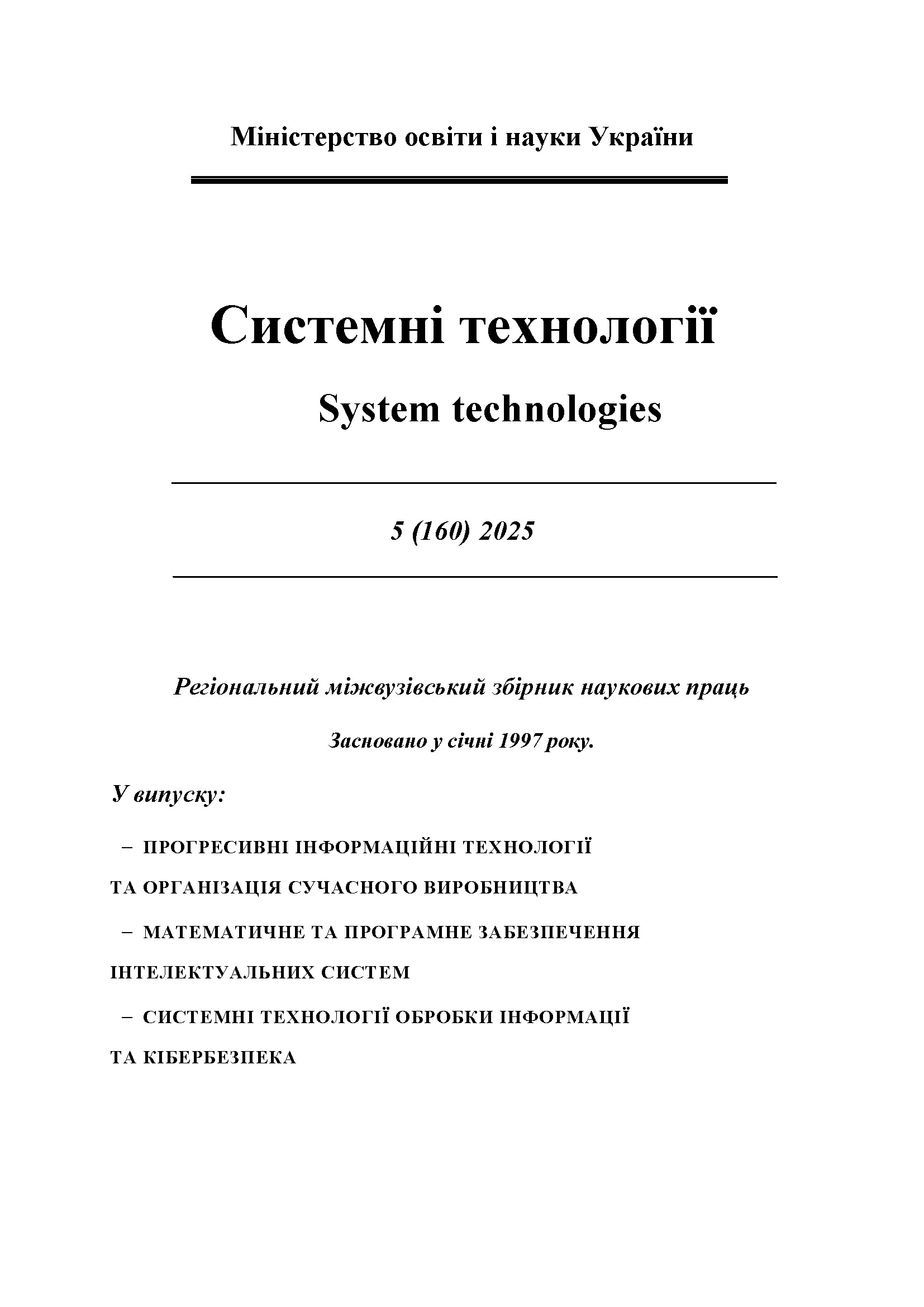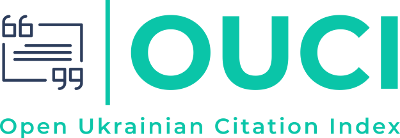DETECTING FLAT ROOF DEFECTS WITH MACHINE LEARNING AND DEEP LEARNING TECHNIQUES
DOI:
https://doi.org/10.34185/1562-9945-5-160-2025-05Keywords:
deep learning, machine learning, flat roof defects, structural damage, UAV, computer vision, CNN, semantic segmentation, object detection, autoencodersAbstract
Deep learning has emerged as a transformative approach for detecting structural damage and deformations, particularly for flat roofs and large-scale infrastructure. This article synthesizes recent progress in applying convolutional neural networks (CNNs), segmentation models, object detectors (YOLO, Faster R-CNN), and autoencoders for unsupervised anomaly detection. Drones (UAVs), thermal imaging, and vibration sensing all contribute critical data. By training on images or signals indicative of healthy vs. damaged conditions, deep models can locate cracks, spalling, missing fasteners, or stiffness loss at high speed and with impressive accuracy - often above 85%. A review of more than 300 publications indicates that remote inspection with AI can drastically reduce manual labor and improve the consistency of damage identification, even in hazardous or inaccessible areas. A summary table compares deep learning effectiveness across beams, walls, decks, roofs, and other structural compo-nents. Real-world deployments on bridges, high-rise facades, and post-disaster zones confirm that deep learning, coupled with UAV-based inspections, can accelerate maintenance work-flows, detect subtle defects, and reduce safety risks. Ongoing challenges include data scarcity for rare failure modes, generalizing models to new environments, and the integration of physics-based reasoning. Recommendations for future research involve fusing multispectral data, automating calibration of deep models, and embedding AI in digital twins for continuous structural health monitoring.
References
Jia, J., & Li, Y. (2023). Deep Learning for Structural Health Monitoring: Data, Algorithms, Applications, Challenges, and Trends. Sensors, 23(21), 8824.
Bai, Y., Sezen, H., & Yilmaz, A. (2021). Detecting Cracks and Spalling Automatically … ISPRS Annals, V-2-2021, 161–168.
Montoya, G. A., et al. (2023). Toward Reliable Post-Disaster Assessment … Mathematics, 13(7), 1041.
Theos AI (2022). How to Train YOLOv7 on a Custom Dataset for Structural Damage De-tection. [Online: blog.theos.ai]
Jin, T., et al. (2023). Deep-Learning- and UAV-Based Structural Crack Detection … Buildings, 13(12), 3114.
Wu, Z., et al. (2025). VM-UNet++ Research on Crack Image Segmentation … Scientific Reports, 15, 8938.
Neto, M. S., et al. (2024). Structural Damage Identification Using Autoencoders … Build-ings, 14(7), 2014.
Kulhandjian, H., et al. (2022). AI-Based Bridge and Road Inspection Framework Using Drones. Mineta Transportation Institute Report 22-26.
Huang, Y., et al. (2023). Crack Detection of Masonry Structure Based on Thermal … Au-tomation in Construction, 145, 104637.
Yeum, C.M., & Dyke, S.J. (2019). Vision-Based Automated Crack Detection … Comp.-Aided Civil & Infrastruct. Eng., 34(7), 619-634.
Dietrich, O., et al. (2025). Open-Source Tool for Mapping War Destruction … Comm. Earth & Env., 6, 215.
Downloads
Published
Issue
Section
License
Copyright (c) 2025 System technologies

This work is licensed under a Creative Commons Attribution 4.0 International License.















